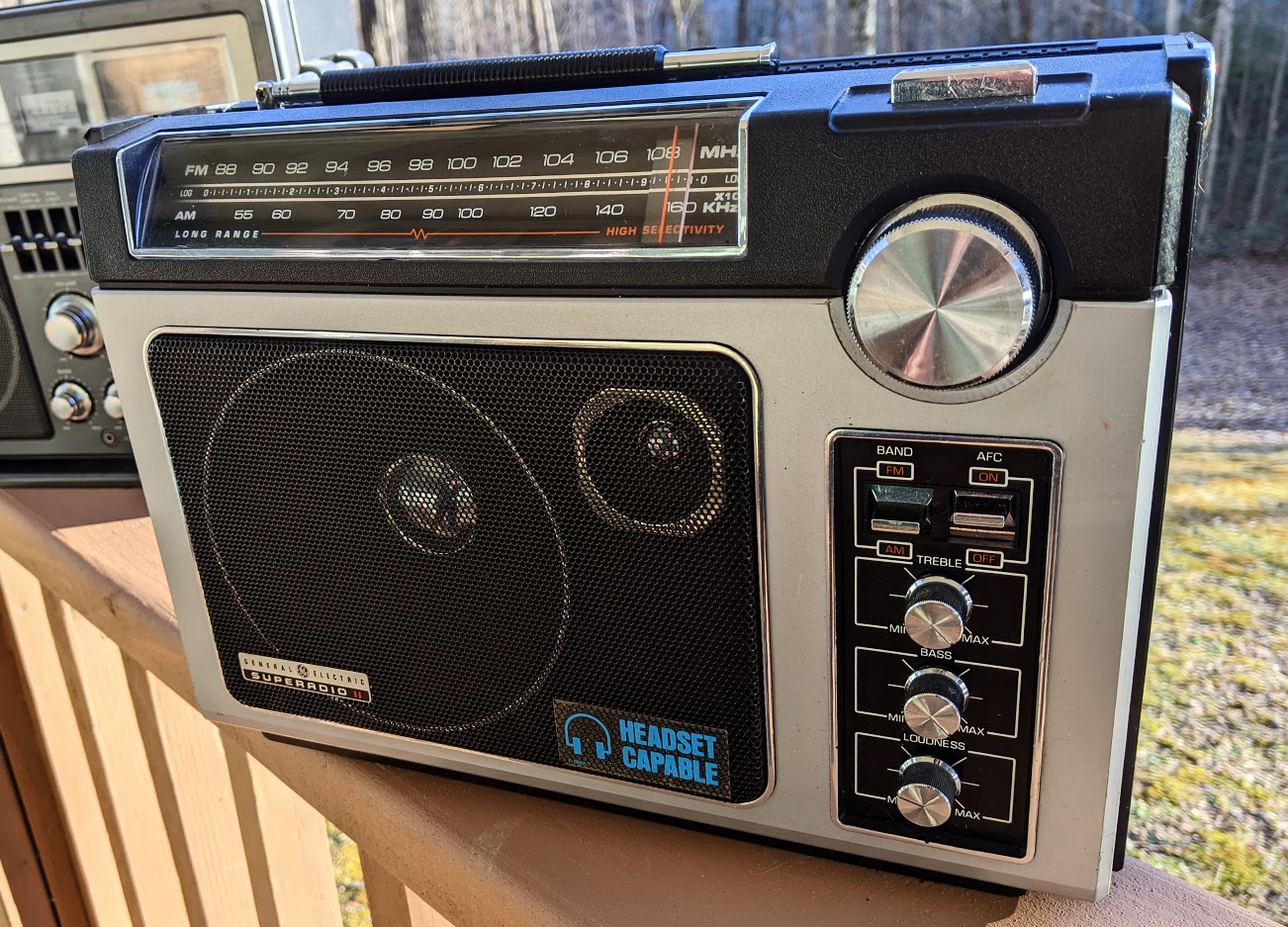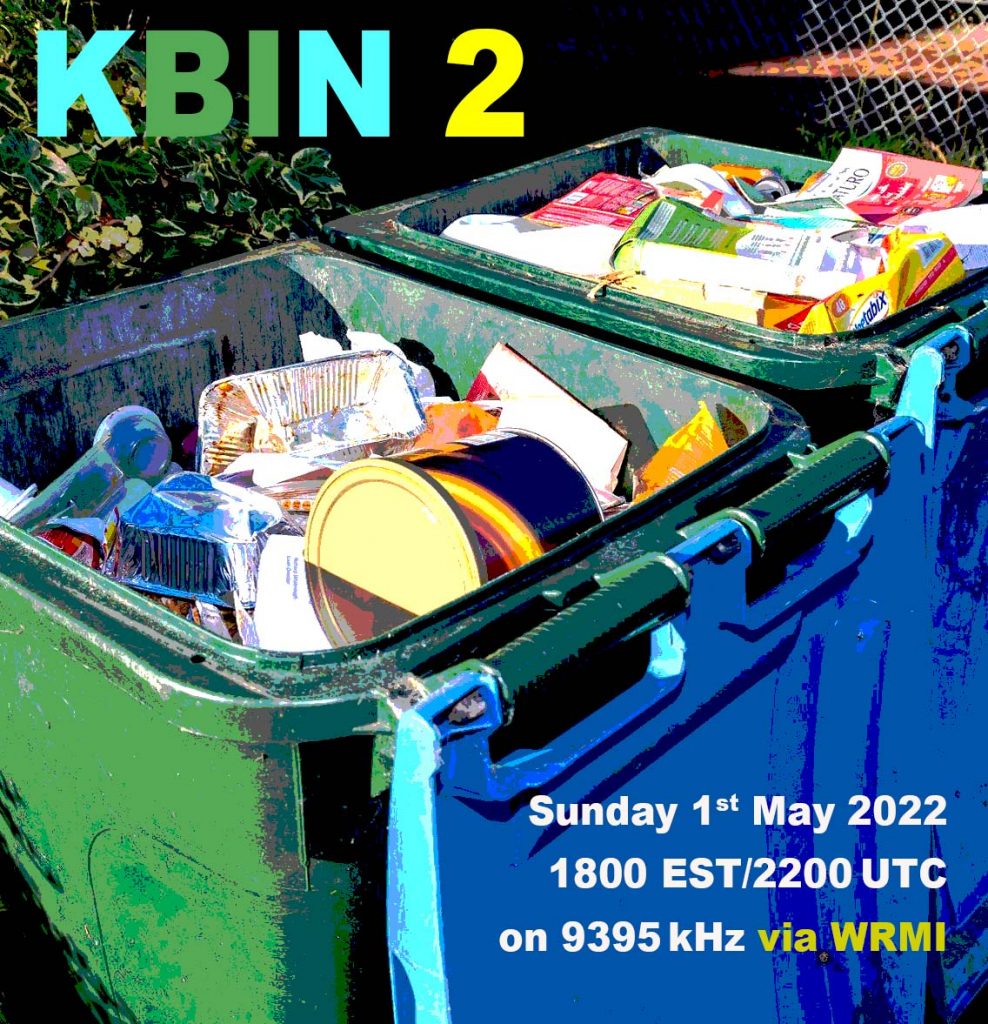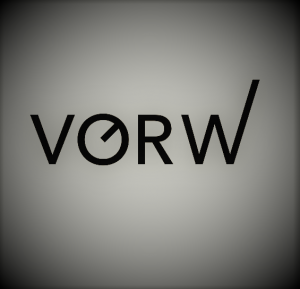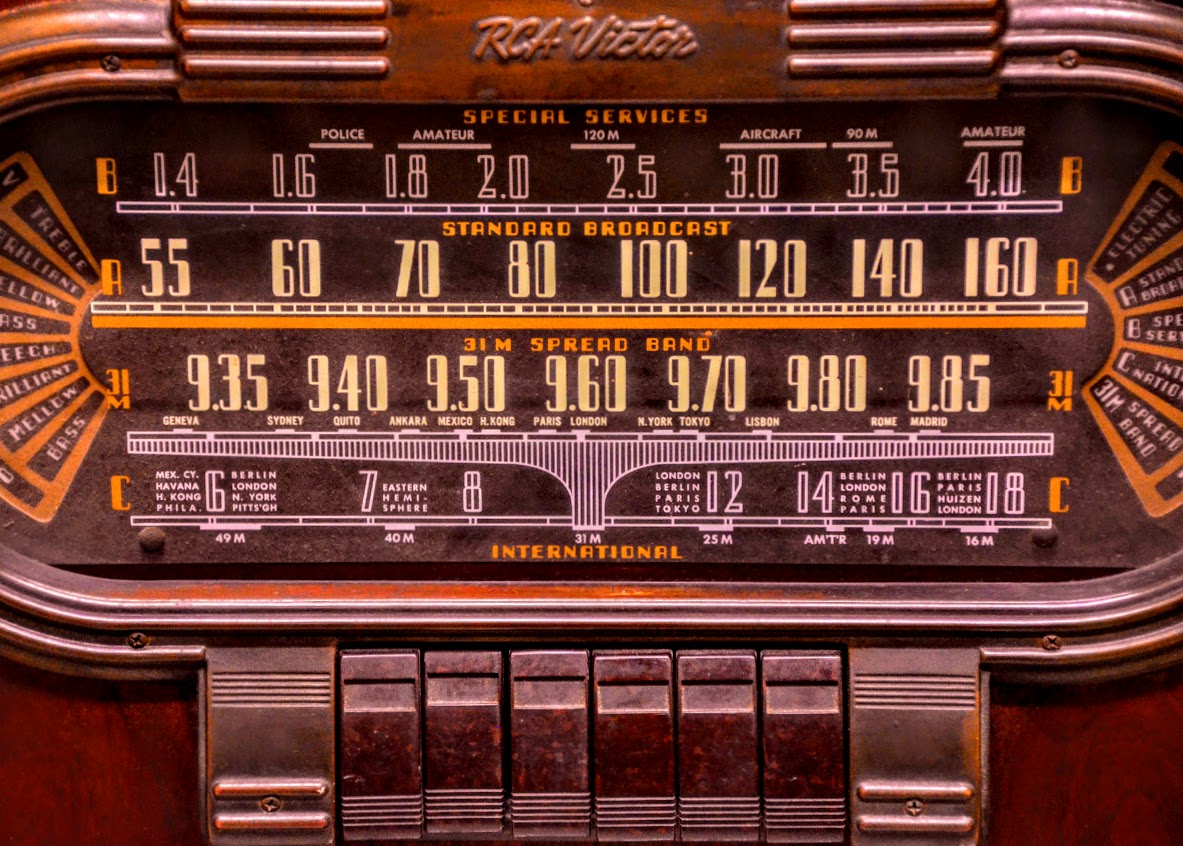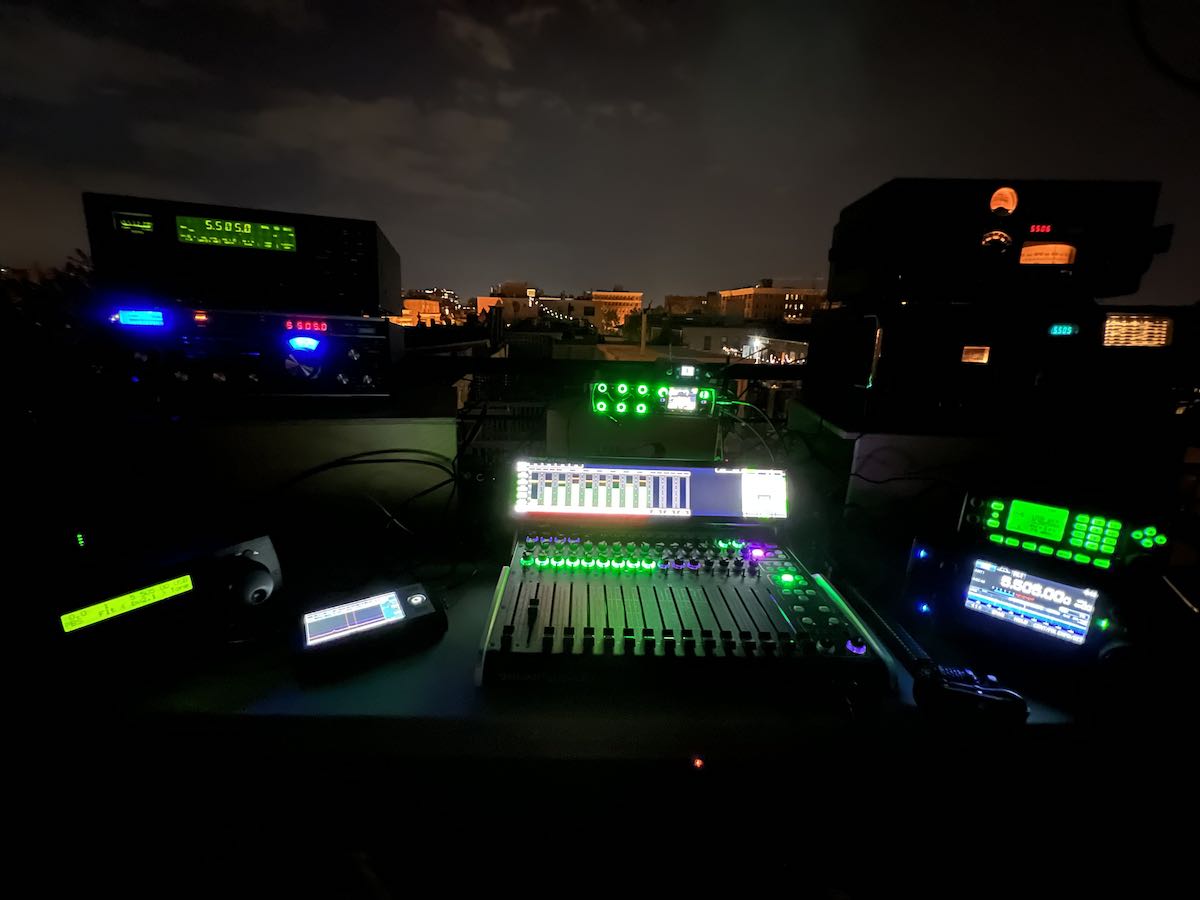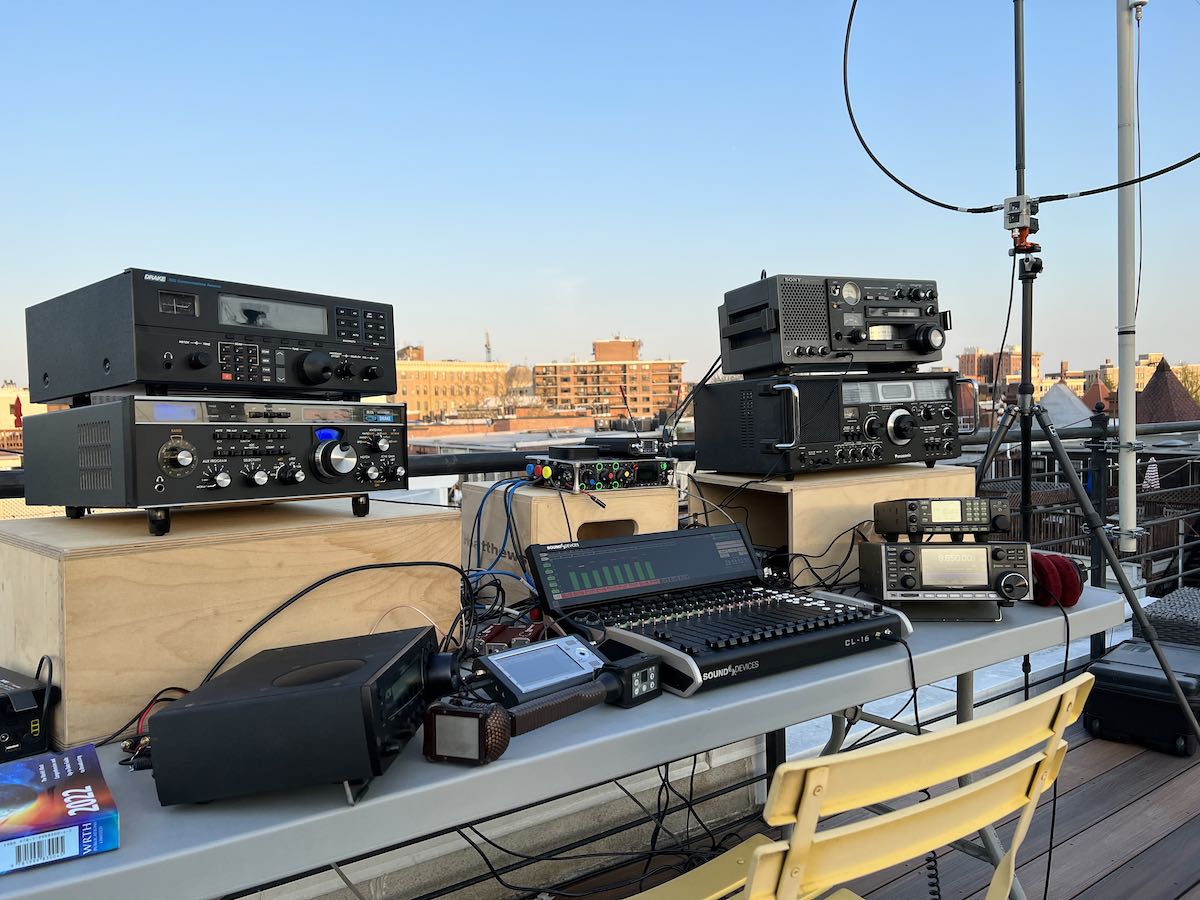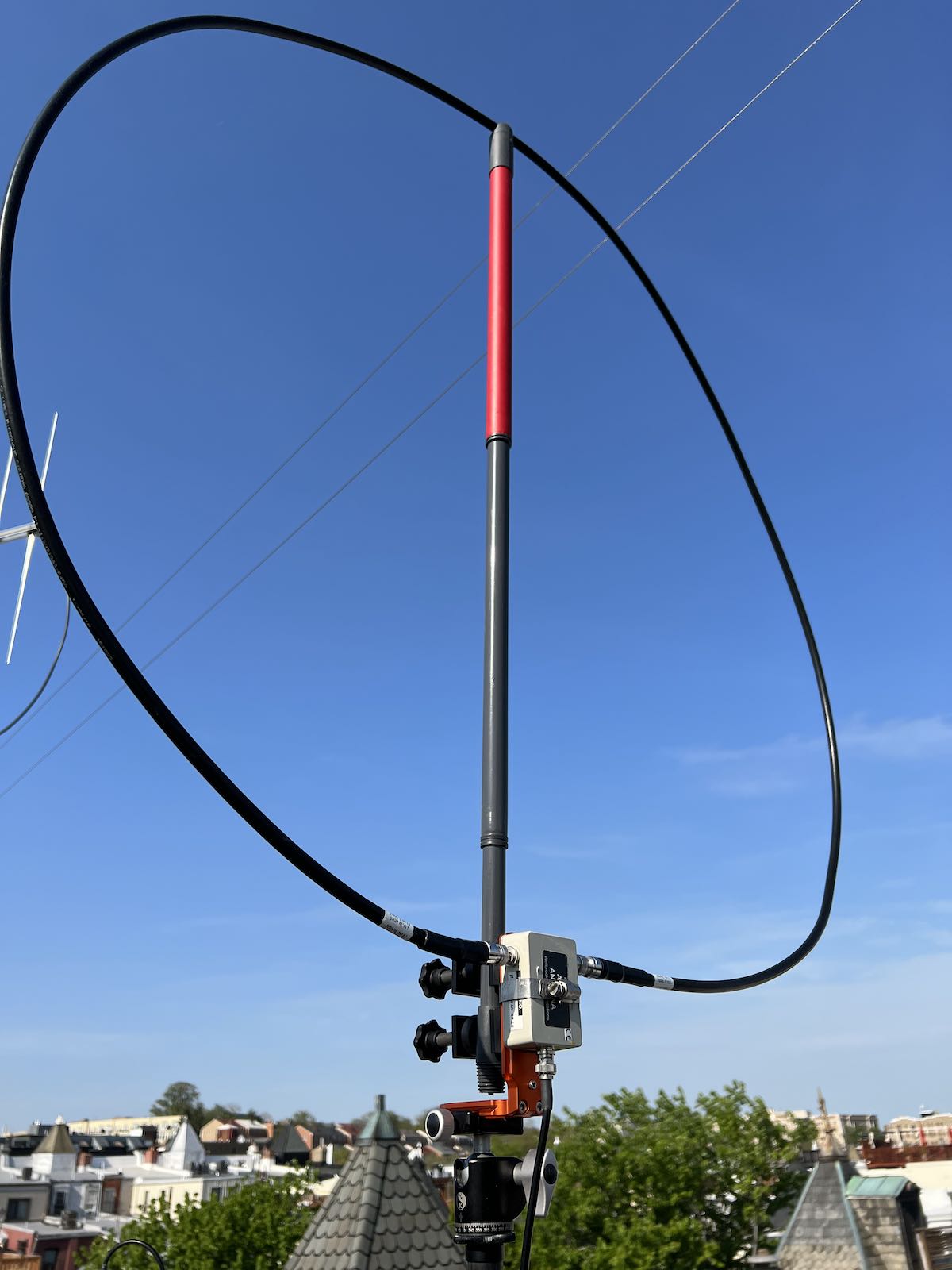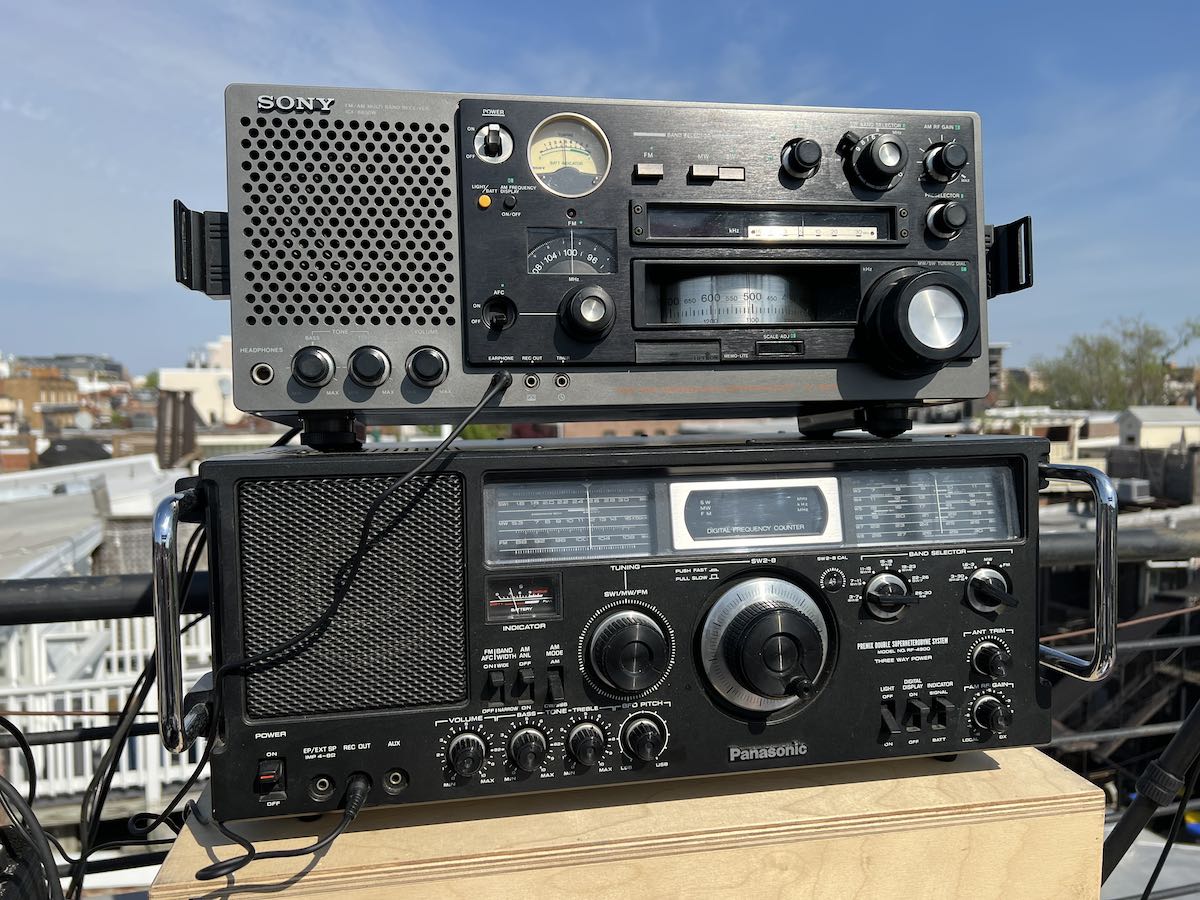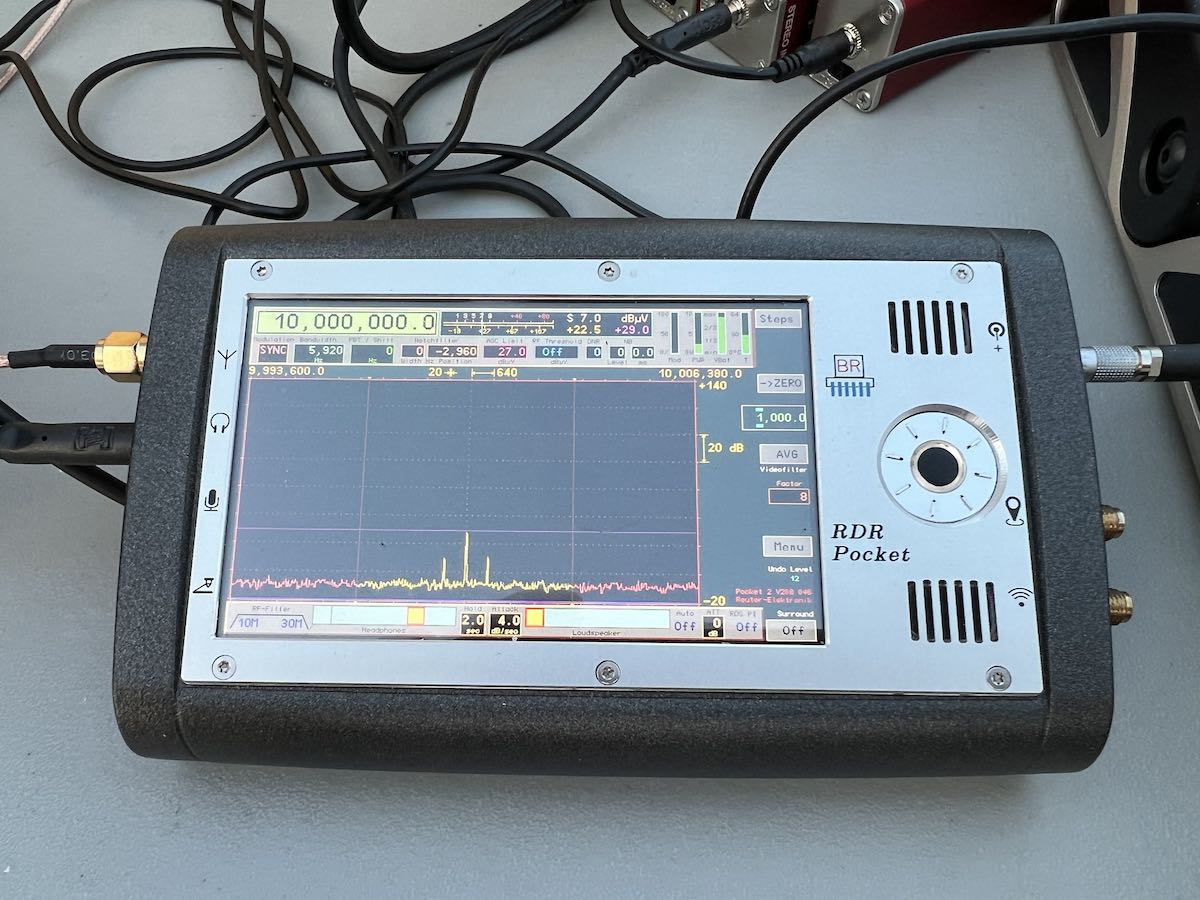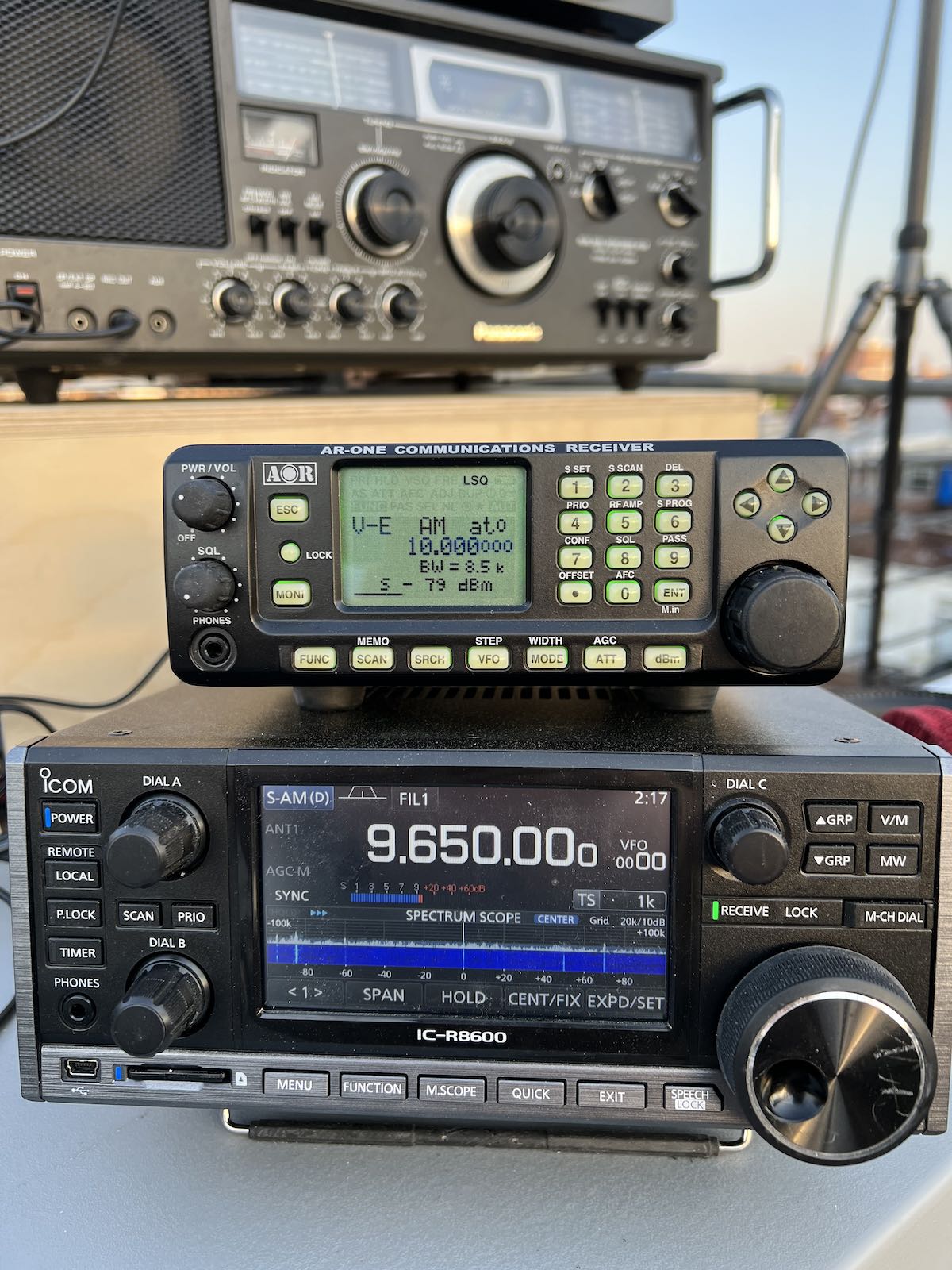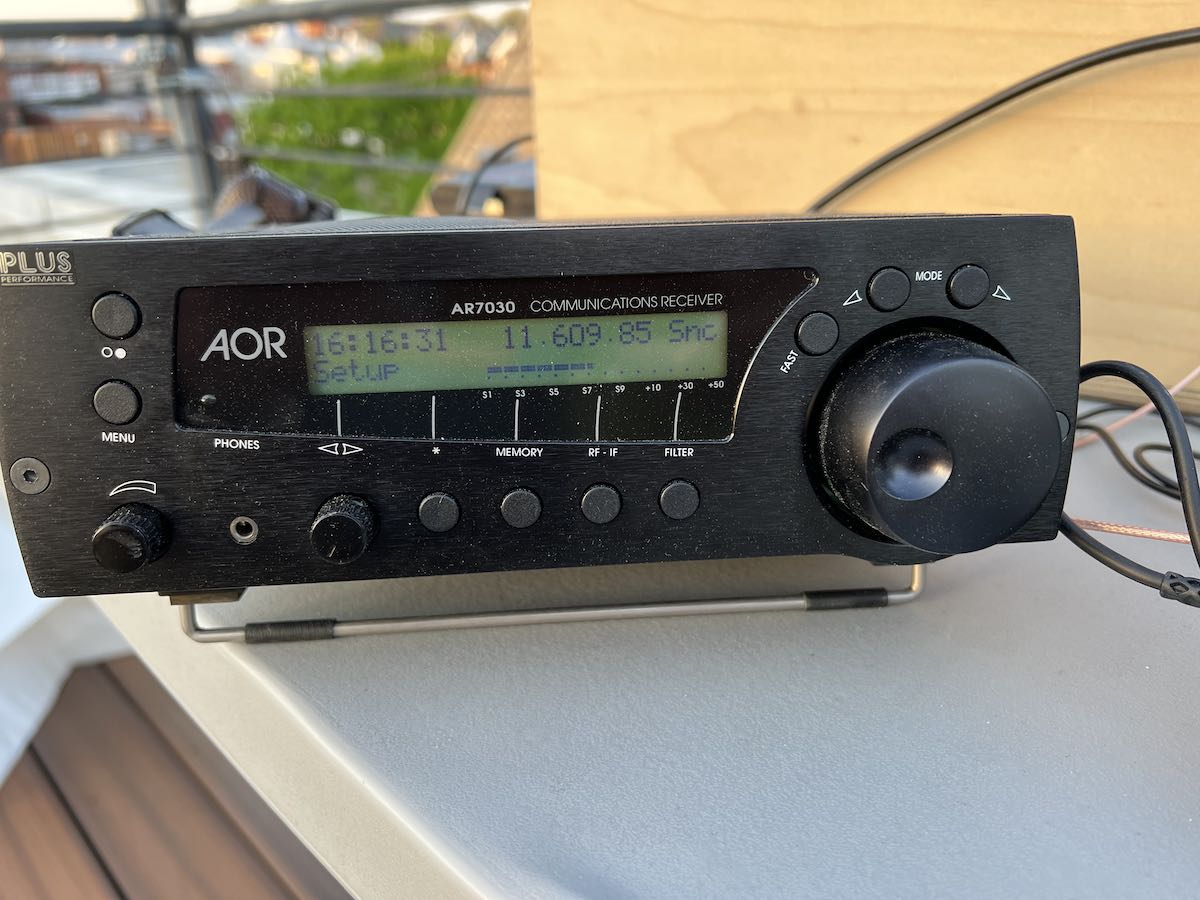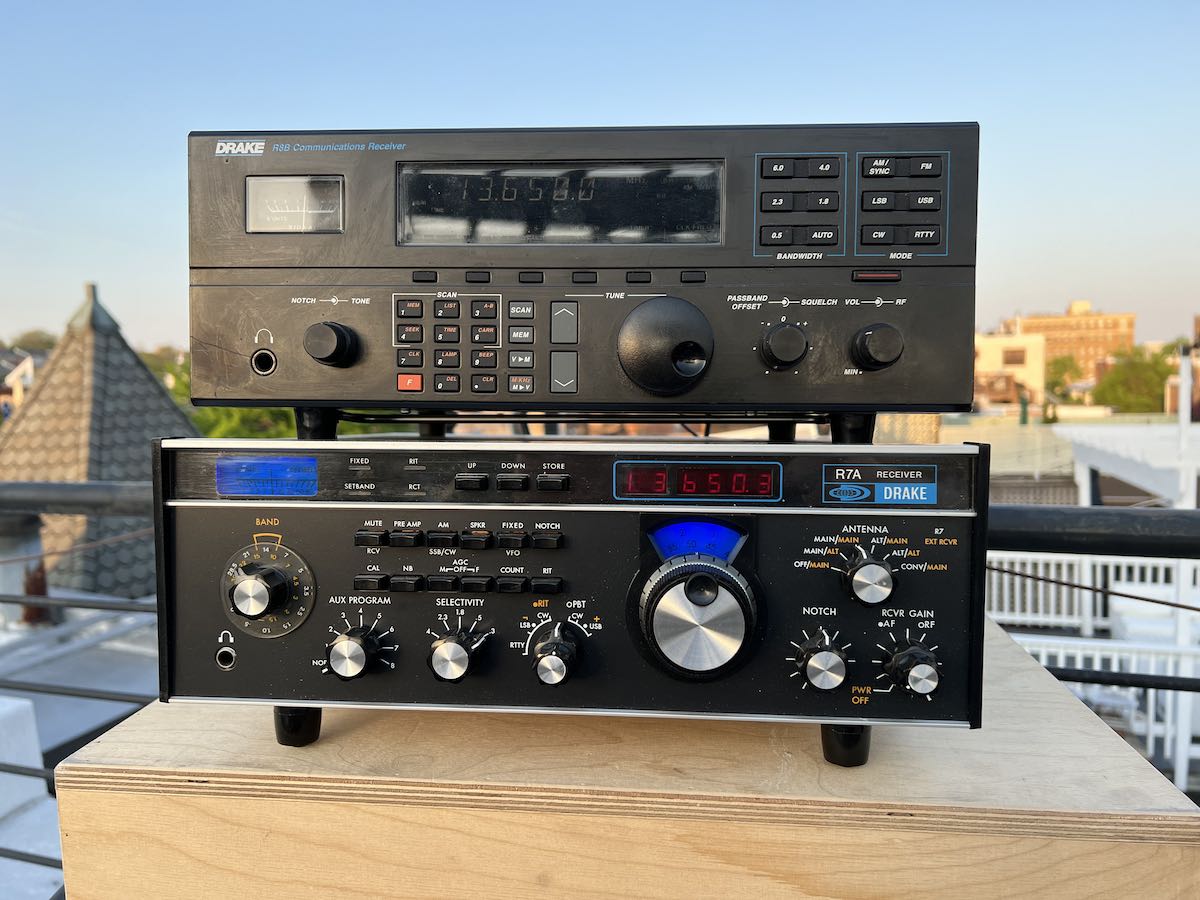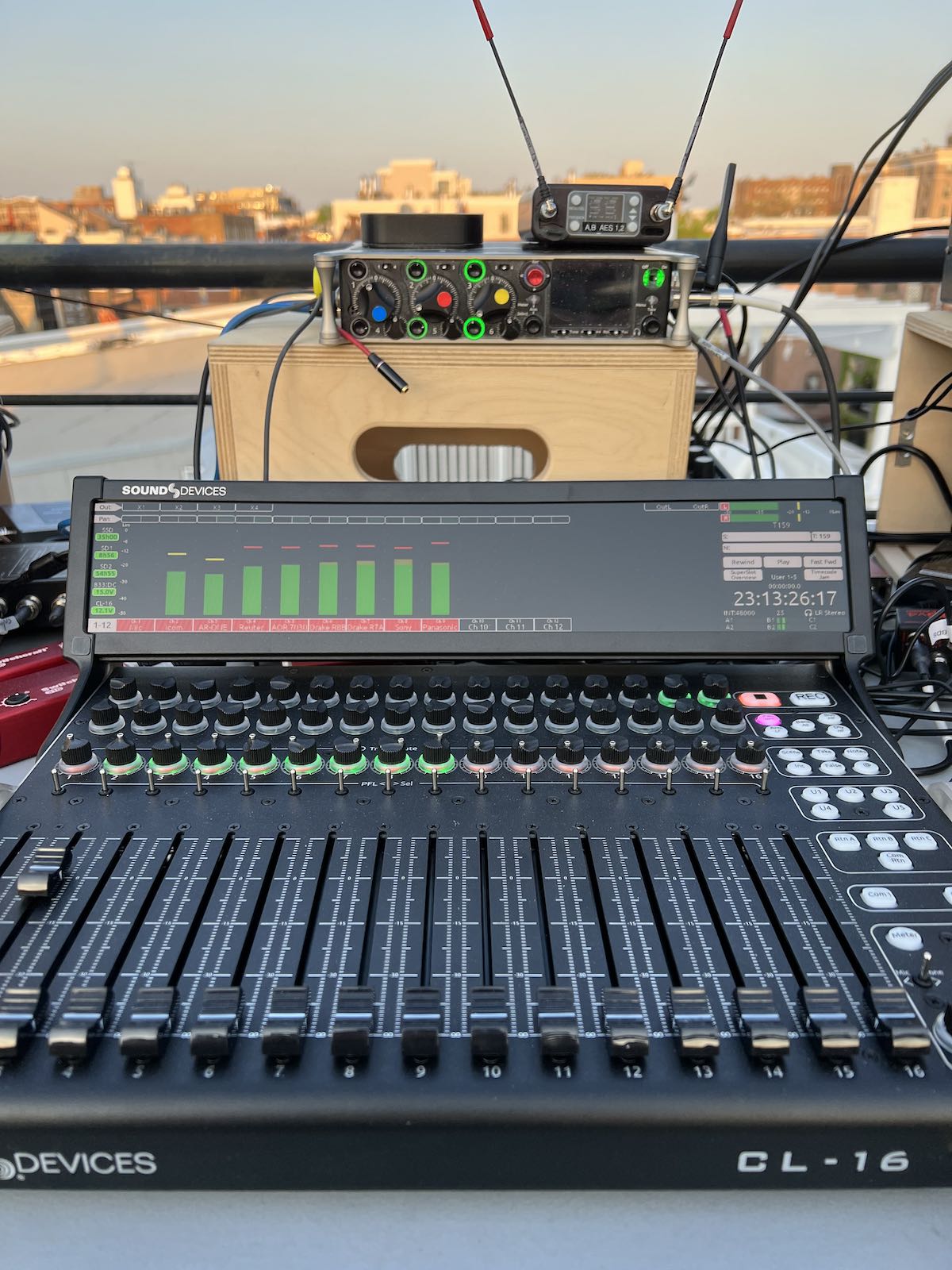Radio Waves: Stories Making Waves in the World of Radio
Welcome to the SWLing Post’s Radio Waves, a collection of links to interesting stories making waves in the world of radio. Enjoy!
Study recommends revival of AMARC Africa (Red Tech)
HARARE, Zimbabwe — The unavailability of critical information about community radio in Africa has led the University of the Witwatersrand(Wits) journalism department and a consortium of media, civil rights and business NGOs — Fojo Media Institute, Civicus, Civil Rights Defenders, Defend Defenders and Hub Afrique — to carry out a study entitled “Mapping Community Radio in Sub-Saharan Africa.”
“Even basic information is hard to get, and it is often not even certain how many stations are on air. Operations collapse, and others start, with hardly anybody outside the immediate environment noticing. Even the licensing authorities sometimes struggle to keep accurate records,” revealed Prof. Franz Kruger, head of Wits Journalism.
Conducted by Jacob Ntshangase, the head of Wits Radio Academy, the study sought to gather information and better understand the community radio landscapes in different parts of Sub-Saharan Africa to identify needs, opportunities and potential partners for developing a program of support for community radio on the continent. [Continue reading…]
Can the HD Radio experience be of use in regional Australia. (RadioInfo)
The 2022 NAB Show is already underway in Las Vegas, and fresh from presenting some new research on HD radio in the US, Xperi SVP Broadcast Radio, Joe D’Angelo (pictured), sat down with radioinfo’s Wayne Stamm.
Joining the conversation was Commercial Radio Australia’s Head of Digital, Jamie Chaux, to add an Australian perspective and view on what might be gained from the HD experience in the States.
radioinfo: We’re talking about a couple of the presentations that are going to be made at NAB this year. Joe you’ve already done one of those presentations and taken a look at some very interesting studies that have been done recently about the penetration of HD radio, especially here in the US.
Joe D’Angelo: Yes, I finished a session today on actually UX guidelines (NABA Radio In-car User Experience) for in-car receiver design and that that went very well. And what’s really exciting about not only the work of the UX group, but the progress of HD radio, is we’re now at 85 million vehicles on the road.
And so we surveyed users of the technology and 91% of them came back and said that HD radio has significantly improved their radio listening experience.
74% of people said they would not buy another new car unless it had HD radio, which is very affirming.
Read more at: https://radioinfo.com.au/news/can-the-hd-radio-experience-be-of-use-in-regional-australia-nabshow/ © RadioInfo Australia
Learning Electronics By Just Doing It (Southgate ARC via Hackaday)
Learning anything new, especially so broad and far reaching as electronics, can be hard. [IMSAI Guy] knows this because he gets asked regularly ‘how do I learn electronics?’ Many of you reading this will have a few ideas to pass along (and we encourage you to share your take on it in the comments below) but there is an even greater number of people who are asking the same question, and [IMSAI Guy]’s take on it is one that this particular Hackaday writer can relate to.
According to [IMSAI Guy], an excellent place to start is the ARRL Handbook. The ARRL Handbook is an electronics and RF engineering guide published by the Amateur Radio Relay League in the US. It’s a wonderful reference, and past editions can be had very inexpensively and are every bit as handy. Many hams will have a copy they could be talked out of, and you can likely find one at your local library. Where to start in the Handbook, then?
[IMSAI Guy] recommend starting with whatever catches your fancy. As an example, he starts with Op Amps, and rather than diving straight into the math of how they work or even worrying to much about what they are- he just builds a circuit and then plays with it to intrinsically understand how it works, a “learn by doing” approach that he has found extremely helpful just as many of us have. We also appreciated is very straightforward approach to the math: Don’t bother with it unless you need to for some reason, and definitely don’t start by learning it first.
Read the full article and watch the video at:
https://hackaday.com/2022/04/25/learning-electronics-by-just-doing-it/
RadCom Managing Editor role (Southgate ARC via the RSGB)
As previously announced, RadCom Editor Elaine Richards, G4LFM is to retire in the summer and there will be a vacancy for a person to edit RadCom, the Society’s journal and one of the most respected amateur radio publications in the world.
The successful candidate will need to show demonstrable experience of producing professional and technical publications in both print and digital formats as they will need to take the entire co-ordinated portfolio forward and exploit new media opportunities.
The role also includes overseeing the publication of RadCom Basics and RadCom Plus with their editors, as well as being part of the team that puts together GB2RS news each week.
The role is being advertised by Redwood Publishing Recruitment and is also on the Guardian Jobs website and LinkedIn. If you’d like an informal chat about the role, please contact the General Manager via [email protected]
All applications must be made via the Redwood website: https://www.redwoodrecruitment.com
Do you enjoy the SWLing Post?
Please consider supporting us via Patreon or our Coffee Fund!
Your support makes articles like this one possible. Thank you!



